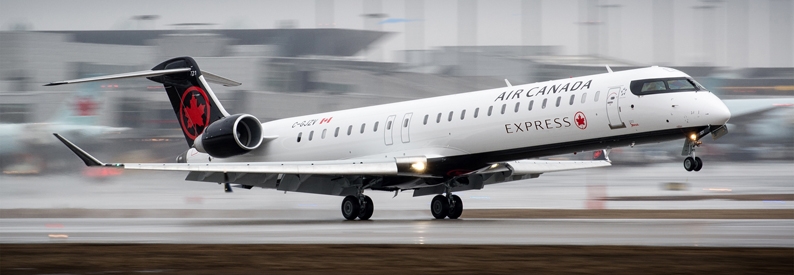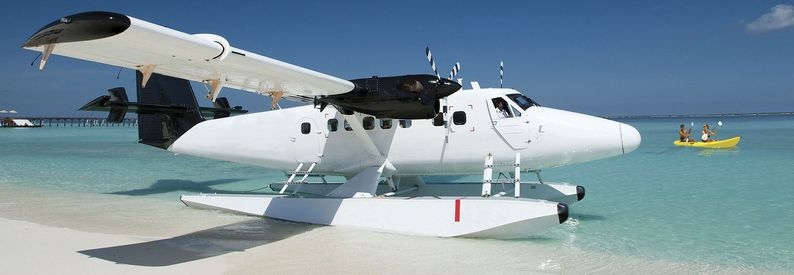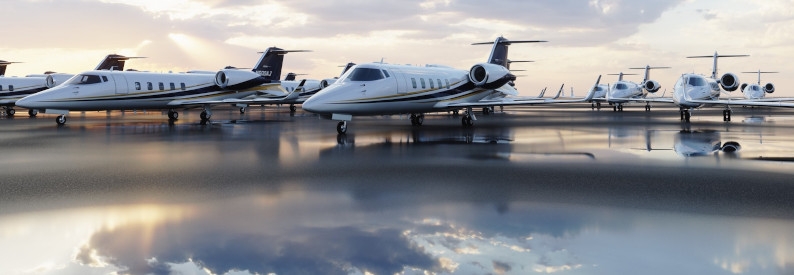Jetvia (CYO, El Paso), recently launched by ATI Jet, continues to see the Learjet 60 as an ideal type for the business charter market and aims to triple its fleet in the coming years, co-owner, chief executive, and director of operations Lyle Byrum told ch-aviation in an exclusive interview. With that in mind, the Texan company will unveil a wide-ranging proprietary modification dubbed Learjet 60XL in 2025.
"Our business philosophy is to go after the midsize market, and to this day, there's no aircraft being made that will outperform the Learjet 60 in this class," he explained. "We're making sixteen upgrades to the aeroplane; about seven have been completed already. In 2025, we're going to announce the Learjet 60XL, which is going to be a Jetvia redesign of the Learjet 60. Our intention is to grow to at least 50 to 60 aircraft, maybe more."
The upgrades include improved connectivity, air conditioning, avionics, baggage capabilities, galley facilities, and other changes. While extensive, the upgrades will not require a new Supplemental Type Certificate (STC). They build on the company's and Byrum's personal experience with aircraft modifications and certification.
The El Paso-based charter specialist currently operates nineteen Learjet 60s. While it also has one Learjet 35 and three Learjet 55s on its Part 135 certificate, Byrum said the company's business philosophy is modelled after Southwest Airlines (WN, Dallas Love Field) with its emphasis on a single fleet type.
Although the Learjet 60 has not been produced since 2012 (with the Learjet brand shuttered by Bombardier Aerospace altogether in 2022), Byrum does not see this as an impediment to its future operations. The aircraft are manufactured to Part 25 standards, which means their fatigue standards are equivalent to large commercial jets operating at a much higher utilisation.
"We think the Learjet 60s have a minimum lifespan of 30-40,000 hours. Our average fleet is about 5,000 hours, so we have a lot of capability left. The airplanes probably have at least another 10 to 15 years of life," he said.
Jetvia has always been focused on Learjets, starting with 25s and then transitioning to 35s and 55s. It planned to roll over to the 60s in 2009, but the economic downturn at that time forced it to defer the plan to 2015. Byrum said a prospective Donald Trump presidency at the time improved charter demand, justifying the switch.
Opportunities in the midsize market
Byrum estimates about 11 million customers in the United States can afford to charter a midsize business jet at least once a year. While the yields are higher in larger aircraft segments, the volume in the midsize market makes it a much more appealing segment to Jetvia.
He conceded that there are charter customers who prefer younger aircraft, but they are few. "You'll never change those people's minds but that's a small segment. There is still a large group [of potential customers] and the Learjet 60 has one of the best safety records per miles flown of any aircraft type."
As the world's largest operator of the type, Jetvia has lots of experience with maintaining and operating the type, helping it to mitigate current supply chain issues, which Byrum described as "major", adding that an entire department was set up internally solely to deal with those problems.
Market overview
Jetvia offers individual charters, a jet card programme, and fractional ownership. It also supports charter operators and brokers, such as Wheels Up, FX Air, and XOJET Aviation with secondary uplift. It started out as a just-in-time freight specialist, largely focused on the automotive industry in Detroit, but shifted to passenger charters and air ambulance once companies started to offshore their manufacturing in the early 2000s. "We still do a little bit of freight, but it's very minimal," Byrum said.
Despite being based out of Texas, only 7% of the company's business covers flights to and from the state. Jetvia is active around the country, with a strong market on the East Coast, but is also expanding rapidly into cross-border traffic to Mexico. It incorporated a subsidiary, Cabo Jet Club, to serve this market, and is targeting real estate owners in the Cabo San Lucas region.
"We just signed a deal where we have access to 38,000 fractional owners of real estate. Our idea is to sell as many jet cards or fractional [aircraft ownerships] as we can to those real estate owners," Byrum said.
He added that the operator's market environment is heavily influenced by the political and economic environment. Jetvia lost as much as 50% of its business in 2008 following the financial crisis. The market recovered in 2015 and peaked during the pandemic.
"The policies of various administrations can have a significant impact on our industry, particularly through their effects on fuel prices. Changes in energy policies and the broader geopolitical landscape can lead to fluctuations in jet fuel costs, which directly affect our charter business. We've observed that when fuel prices are lower, it generally benefits our operations and allows us to offer more competitive pricing to our clients," Byrum stated.
"The upcoming election could potentially influence the direction of energy policies and, consequently, fuel prices. We're hopeful that future administrations will implement policies that help stabilise or reduce fuel costs, as this would be beneficial for our business and the aviation industry as a whole," he continued.






